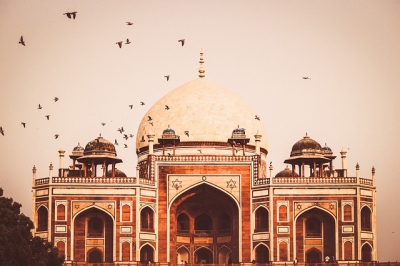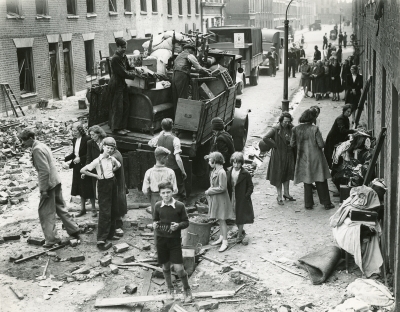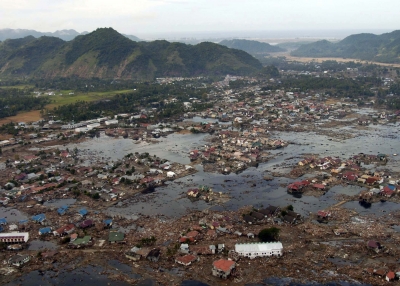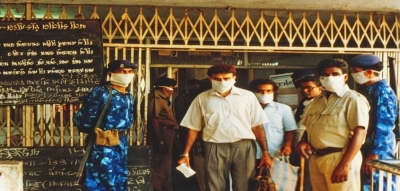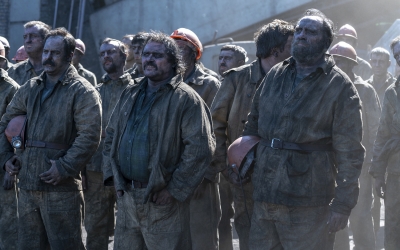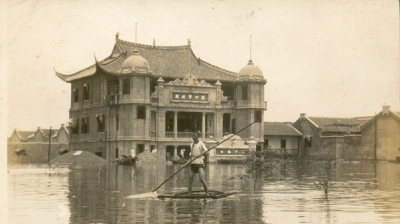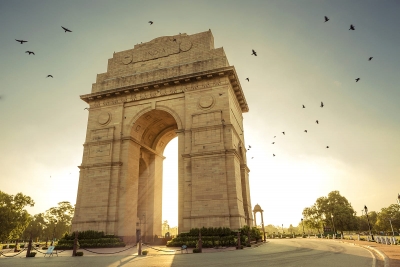What are the interesting facts about the London Eye?
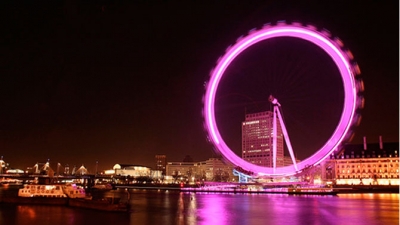
1. Celebrating the millennium
The London Eye is also known as the Millennium Wheel. It was designed and built by London-based architects Julia Barfield and David Marks of Marks Barfield Architects. The duo came up with the design in response to a competition organised in 1993 by The Sunday Times and Great Britain's Architecture Foundation to build a new monument in London to commemorate the new millennium. Construction of the London Eye began in 1998 and the monument was formally inaugurated by then British Prime Minister Tony Blair on December 31, 1999. However, it did not open to the public until March 9, 2000 due to a technical snag.
2. Europe's tallest wheel
When it opened to the public in 2000, the London Eye was the tallest ferris wheel in the world with a height of 443 feet and a diameter of 394 feet. Today, it is Europe's tallest cantilevered observation wheel (a cantilevered wheel is supported only on one side).
The Eye is also one of the most popular tourist attractions in the United Kingdom, drawing over three million visitors annually.
3. A slow ride
The Wheel rotates at a speed of 0.9 kmph, completing one full rotation in about 30 minutes. It does not usually stop to pick up passengers. The rotation is so slow that passengers can easily embark and disembark from the capsules. The Wheel does stop for differently abled and elderly passengers so that they can get on and off comfortably.
4. The story behind the 32 pods
The London Eye has a total of 32 air-conditioned pods, with each pod weighing about 10 tonnes and holding up to 25 people. Each of the pods represents one of London's 32 Boroughs and are numbered 1 to 33. Number 13 is excluded for superstitious reasons. On a clear day, passengers in the capsule can see up to 40 km in all directions from the London Eye.
5. A temporary attraction?
When it was constructed, the London Eye was intended to be a temporary attraction with a five-year lease. However, in December 2001, the operators submitted an application to the Lambeth Council (the local authority of the London Borough of Lambeth) to give the Eye a permanent status. The application was granted in 2002 and the London Eye lives on.
Picture Credit : Google
